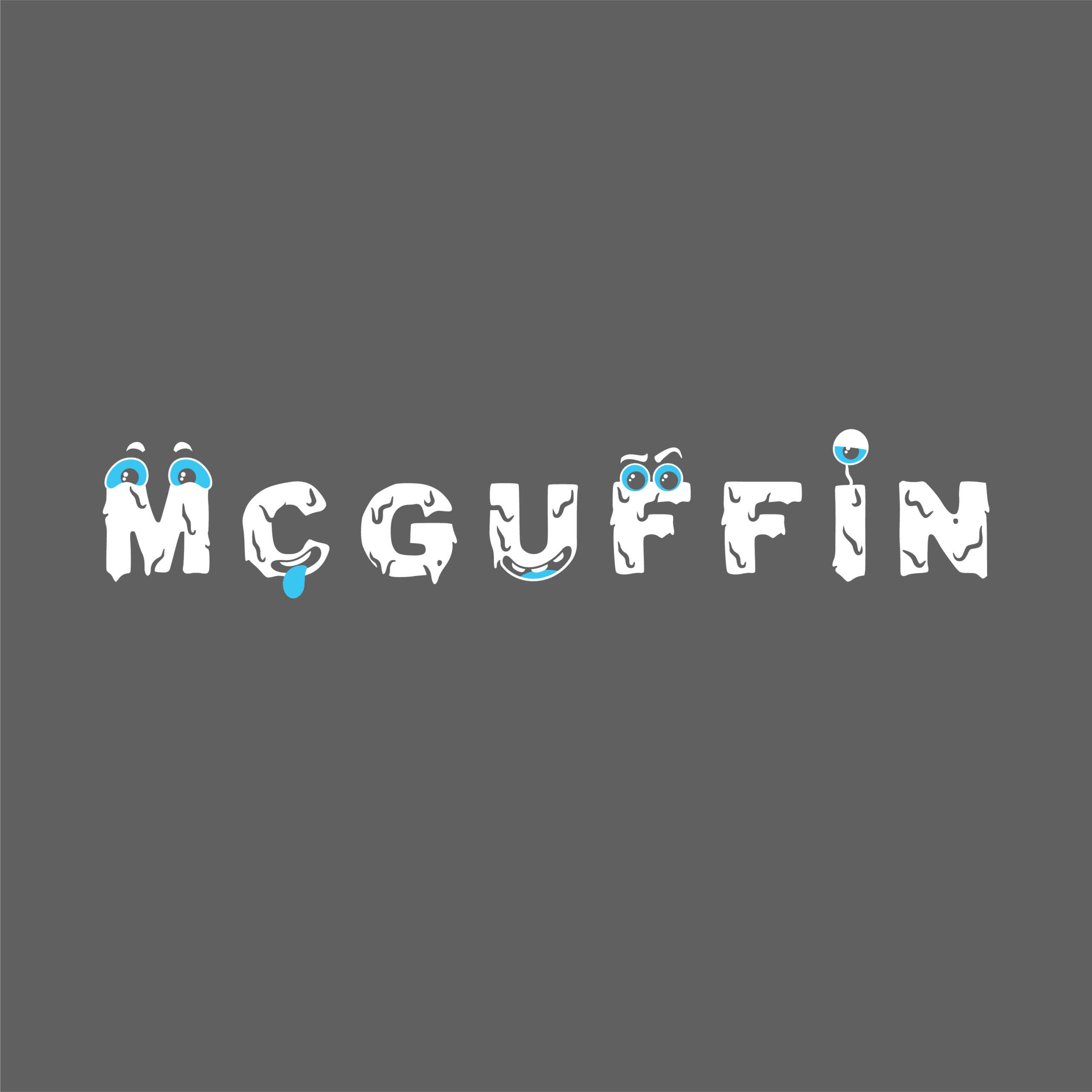A new generation of finance apps are changing the financial name game

“Hello, my name is ________.”
Fill in the blank, and, congratulations, you just named a new bank or personal finance app.
At least it seems that way, given the proliferation of financial services providers choosing anthropomorphic monikers for their companies and services. Maybe your bank is called Dave. Your kids might use a Go Henry debit card. If you track and manage your finances with an app, it might be from Charlie or Wally. And so on.
If the trend toward more approachable, consumer-friendly naming isn’t exactly new in the financial sector (remember Bank One?), it’s certainly picking up steam. So what’s behind this name game — and what are its positives and pitfalls?
What’s in a name?
Once upon a time, banks and financial firms had fairly staid, predictable, institutional names — pallid descriptors such as People’s Bank and Trust or First Community Bank on the banking side, or patrician labels such as Morgan Stanley and Smith Barney in investments.
Then, one patrician-sounding investment firm started shaking things up when, in 2005, Charles Schwab launched their “Talk to Chuck” campaign, which put a more down-to-earth veneer on a company that already made its name as a low-cost alternative to larger Wall Street firms. If Charles Schwab sounded a bit intimidating and off-putting to novice investors, “Chuck” was there to hold your beer as he showed you how to kick some butt in the S&P 500. It humanized and revitalized the Charles Schwab brand and the industry noticed.
Putting financial literacy in the palm of your hand.
There are obvious reasons for this branding trend. Simple, unexpected names impart a friendly, approachable face to consumers, like young people, who might find traditional financial services byzantine and stodgy. These startups differentiate their brands by suggesting a simpler, more understandable and user-friendly approach to money and finance. For a certain, digital-first market, many of these brands offer a more familiar, less intimidating entry point to build their financial confidence and access products and services on their own terms.
These new-breed brands also ditch identifiers such as “bank” or “investments,” which some financial newbies see as a barrier to entry. Dave calls itself “banking for humans,” a not-so-subtle dig at big brick-and-mortar banks, who a certain segment might view as impersonal and institutional. Albert calls its service “home for your money,” nodding toward comfort, security and familiarity. Marcus, from the mighty Goldman Sachs, humbly tells customers “you can money.”
According to an article in The Financial Brand, “Dave’s name was selected to sound friendly and approachable, and the Dave bear mascot was chosen to present a friendly face. Dave is as much a financial education play as it is a banking product. ‘We wanted to remove the stigma of asking for help during hard times,’ Dave’s head of operations Jarad Fisher explains. ‘Rather than asking a friend or family member for some extra cash, people can turn to Dave for help.’”
What’s the catch?
For marketers, there are potential downsides to the proliferation of forenamed financial services providers. It runs the risk of losing memorability as Dave and Wally and Charlie are eventually joined in the marketplace by Nancy, Jerry and Cathy. There’s an SEO consideration, as well — getting, say, “Frank” into a top spot is going to require a tidy investment of time and money.
Another risk is appearing unprofessional or unserious if a brand decides to someday branch out to appeal to an older, more affluent target. How do you convince a wealthy GenXer to entrust their money to an institution that shares a name with the family pet, or the noisy neighbor?
The opportunity for marketers: Targeting
If this new breed of financial brands risks homogenization through imitation, underlying the effort is something else — greater segmentation and diversification. These upstarts each aim to chip off a piece of a market underserved or overlooked by traditional financial service providers: young people, the unbanked, those wading into investing for the first time, those seeking to reduce debt and get control of their finances, and even older, more established individuals who are early adopters of technology.
As opposed to the monolithic, something-for-everyone approach of big banks, these young companies are out to meet a specific need for a specific target, and do it on the customer’s playing field — app-based, interactive, educational and, yes, human. The lesson might be that humanizing the future of banking and finance is less about the name on the door and more about a real commitment to filling the gap between what customers need and want, and what they’re being offered by the old-guard financial industry.






